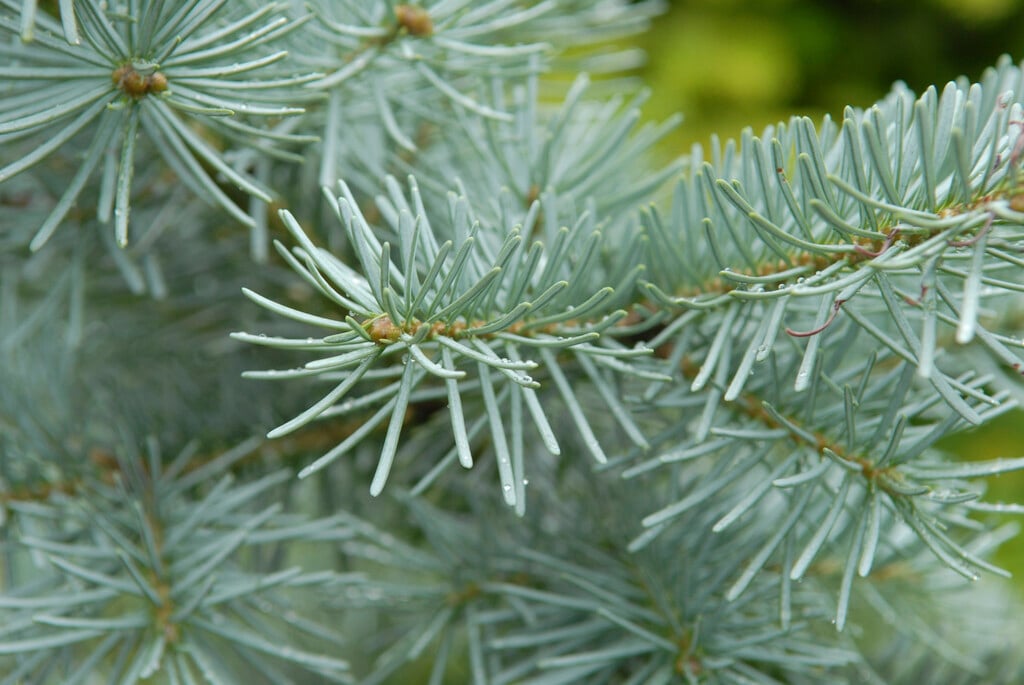Abies lasiocarpa
alpine fir
Tall, evergreen conifer tree with narrowly conical crown. In optimal conditions this species reaches up to 20m. Bark on young trees is smooth and grey. Needle-like leaves are flat, dark green on the top, with two silvery-white lines below. Needles up to 3cm long are spirally arranged on the shoots, twisted at the base. Seed cones are up to 12cm long, dark purple, almost black when young with fine yellow-brown hairy seed scales. Mature seed cones are brown.
Size
Ultimate height
Higher than 12 metresTime to ultimate height
20–50 yearsUltimate spread
4–8 metresGrowing conditions
Moisture
Moist but well–drainedpH
Acid, NeutralColour & scent
| Stem | Flower | Foliage | Fruit | |
| Spring | Green Grey Silver | |||
|---|---|---|---|---|
| Summer | Green Grey Silver | Purple | ||
| Autumn | Green Grey Silver | Brown | ||
| Winter | Green Grey Silver |
Position
- Full sun
Aspect
East–facing or North–facing or South–facing or West–facing
Exposure
Exposed or Sheltered Hardiness
H7Botanical details
- Family
- Pinaceae
- Native to GB / Ireland
- No
- Foliage
- Evergreen
- Habit
- Columnar upright
- Genus
Abies are evergreen conifers, often very tall, with whorled branches bearing flattened, linear leaves, often whitish beneath, and on the upper branches, large cones which break up whilst attached to the tree
- Name status
Correct
- Plant range
- N America
How to grow
Cultivation
Grows best in deep, slightly acidic, moist but well-drained soils in cooler climates. See conifer cultivation
Propagation
Propagate by seed
Suggested planting locations and garden types
- Architectural
- City and courtyard gardens
Pruning
No pruning required
Pests
Diseases
Generally disease-free, but may be affected by honey fungus.
Get involved
The Royal Horticultural Society is the UK’s leading gardening charity. We aim to enrich everyone’s life through plants, and make the UK a greener and more beautiful place.
